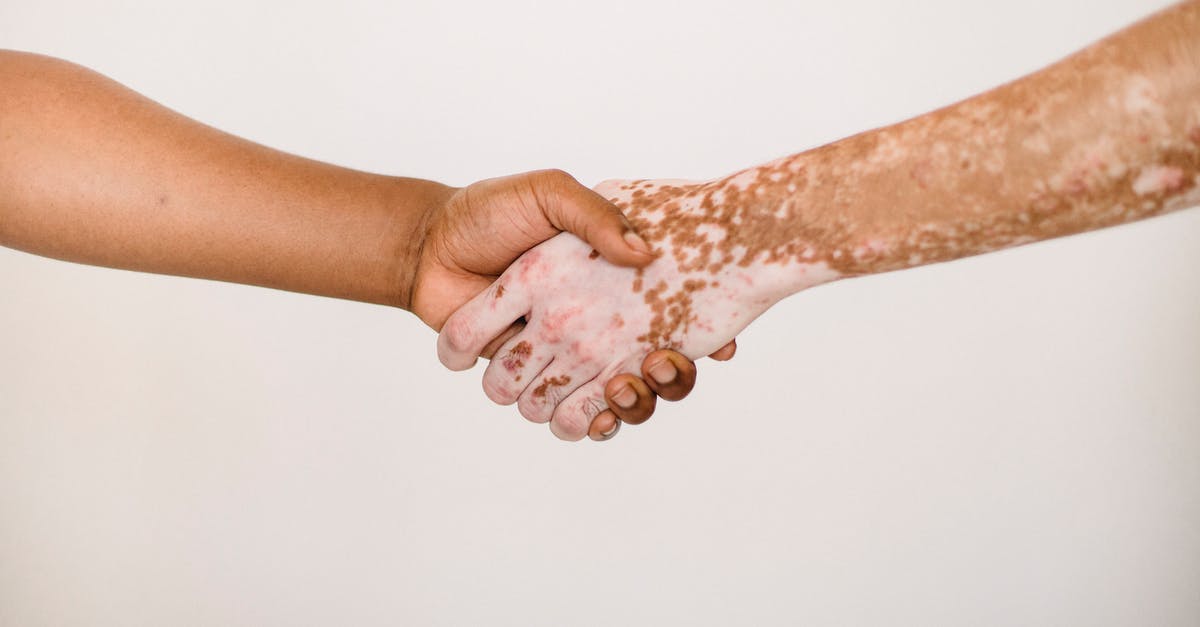Help with rubbery roti/chapatti

I have been trying to master the roti for about a year now, and I've only made perfectly soft roti a handful of times. Otherwise they come out rubbery.
The problem is NOT the dough.
I make the dough with atta, water and about a teaspoon of oil. But my mother-in-law uses the same dough and achieves perfectly soft roti every-time. She has watched me making roti and can not spot the problem.
After I roll out the roti (not too thick, not too thin, but not always in a perfect circle), I place it on a preheated tawa on high gas. I wait until bubbles come up on one side and then I flip it. Once brown spots start to appear, I flip it onto the gas. Usually they bloat, but even the bloated ones come out rubbery. I then place them in a box with paper to keep them warm.
Another thing is that these rubbery roti give stomach aches, which might mean they're undercooked. But when I cook them longer on the tawa, they get crispy and hard.
I've tried the style of dabbing the roti with a cloth (no significant change, only slightly softer), I've tried putting less flour when rolling (slightly softer but almost impossible to roll). I've tried making only small roti, and then making bigger roti. Nothing has worked.
Any feedback would be appreciated. I'm at my wits end trying to figure out what's wrong.
EDIT: My mother-in-law and I suspect it has to do with the cooking on the tawa, primarily because when I roll but she cooks it, it turns out fine. She can't tell what I'm doing wrong though then I'm flipping it.
My roti ends up slightly brownish, while hers are more white. I'm guessing that means its undercooked, but when I cook it longer it tends to get crunchy and hard.
Flips: 1st when there are bubbles and the sides start to turn up. 2nd when there are medium-brown dark spots on the roti. 3. I let it bloat for a few seconds both side on the open flame.
Best Answer
If you are using the same dough then the issue lies in your preparation of the dough. There are too many variables to this, I would approach this systematically, eliminating variables as you go by watching your mother in law and measuring how she does things. Specifically I would look for:
- Maybe your roti is too thick or too thin, measure the weight of the dough she uses for a single roti and how big she rolls it out, then replicate that yourself
- under-cooking or over-cooking, see how hot she makes her pan and how long she cooks the roti
- After cooking what do you do with the roti? Does your mother in law seal it in a container and keep the steam in?
I suspect your roti is too thick, and/or maybe you are cooking it too long at too low a temperature. If it's too thick it needs a longer cooking time and you either have one that's undercooked or one that's rubbery. If your pan is too cool then your roti won't cook quickly enough to trap the air in, letting it deflate and get rubbery. Try rolling them thinner and getting the pan hotter.
Pictures about "Help with rubbery roti/chapatti"



Quick Answer about "Help with rubbery roti/chapatti"
If your dough or the rolled chapatis lose too much moisture while and after cooking, you might end up with rubbery, or worse, crusty chapatis that are straight out of a nightmare. Therefore, to make soft rotis, you must ensure that they trap enough moisture inside them even after the cooking process is complete.Phulka Recipe | soft Chapati | Soft Roti | Avoid the 5 common mistakes | Tips \u0026 Tricks
More answers regarding help with rubbery roti/chapatti
Answer 2
I appreciate that this is a pretty old question now, but I have had a similar experience myself with hit and miss rotis in the past. For me, the key has proved to be resting them before and after cooking.
I find that if I roll out the rotis and then leave them for 5-10 minutes before placing on the tawa then they bubble more readily and seem to cook more evenly than if I just add them to the tawa straight away after rolling. I would guess this is probably because it allows the gluten in the atta to relax but I don't honestly know; I just know it helps.
Similarly, once cooked, I leave them to rest on a plate and put another plate on top. This helps retain some of the moisture as the rotis cool and therefore retains their softness. Doing this can even re-soften any rotis that may have overcooked and gone crusty.
Answer 3
I find that there are so many variables in cooking that replicating a recipe "exactly" can be very hard. Here are a few pointers:
- Are you using the exact same brand of atta flour? There are a lot of variance in the characteristics of different brands of atta.
- The storage of roti after you make it can also produce different result. If you use a storage that lets steam pass, roti will turn hard faster, compared to a airtight container that traps steam and turns the roti soft. Maybe try to use the same storage pot as your M.I.L?
- This reason is unlikely but known to happen---something similar to placebo effect. Any food cooked by a super-trusted person (like the mom of the family) will automatically be considered superior, even if they are no better than a comparable food prepared by another person. Maybe you can do a blind taste test? But definitely if all of you are ok with it.
Answer 4
In the [similar question about chapatti], there are a couple of low-ranked answers that mention resting the dough.
When I've worked with pizza dough and similar, I know that if you work it too much, it'll contract significantly when you're stretching / rolling it out. If you notice this happening, I'd cover the dough (you can just put a large bowl over the ball of dough) and wait at least 15 minutes, then try again.
Also, as you mentioned that it seems undercooked in the middle, but gets darker on the outside, I'd turn down the heat. (if it's even possible, I know there are are electric griddles that aren't as adjustable ... of course, this can also be just the brand of flour that results in a darker dough and would be noticeable in the ball of dough)
...
I'd also propose a few tests, if your mother-in-law is willing:
You mix up the dough with your ingredients, you set up your tawa, you roll them out ... but she cooks them. If you're cooking at her place, and you use tap water, you need to bottle up your tap water to bring. (or bottled water, if you get it from different sources).
If it's a large-ish batch you can alternate who rolls them out, and stack them up separately to compare between the two rollers. (note that you don't want to do one person then the other, as that would mean you're also varying the resting time)
If you're making an even larger batch, heat up her tawa as you're working, and about half way through, have her switch to her tawa, and stack those up separately to see if there's a difference. (note that if these are stove-top tawas, and not electric self-contained units, you haven't eliminated the stove -- if relying on the 'cook at mark 3', that might be a different temperature at each place)
If these tests don't let you figure out where the difference is, repeat them all (possibly at a later time) but you're the one you're the one doing the cooking.
If still not enough, repeat them all, but use her ingredients.
Hopefully from all of those, you'll figure out what's different. The only issues it wouldn't tease out is the different heat source, and the place at which it is cooked (is one cooler, or more humid?)
Answer 5
My mother-in-law and I suspect it has to do with the cooking on the tawa, primarily because when I roll but she cooks it, it turns out fine. She can't tell what I'm doing wrong though then I'm flipping it.
My roti ends up slightly brownish, while hers are more white. I'm guessing that means its undercooked, but when I cook it longer it tends to get crunchy and hard."
Sounds like you might have the gas up higher, cooking the outside too fast & getting it brown before the centre is cooked
Answer 6
Are you flipping it many times? Because I read just now that flipping it too many times makes it lose it's moisture and makes it hard. Also rolling it too thin. I am also stuck at this. Hopefully we will figure out soon ?
Sources: Stack Exchange - This article follows the attribution requirements of Stack Exchange and is licensed under CC BY-SA 3.0.
Images: Mikhail Nilov, Yan Krukov, Armin Rimoldi, lalesh aldarwish
